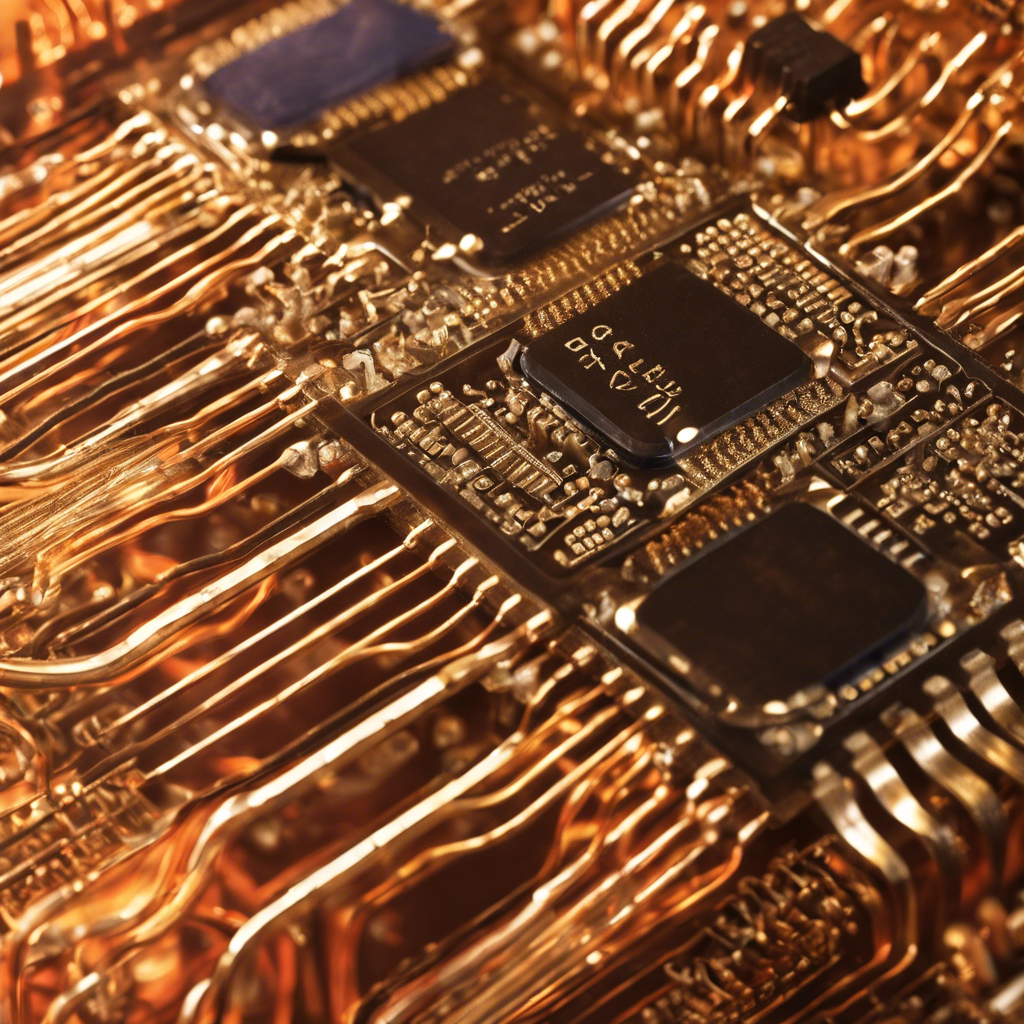Thermal Transistors: A Revolutionary Breakthrough in Heat Control

Researchers at the University of California, Los Angeles have developed a new type of transistor that can precisely control heat flow, potentially revolutionizing heat management in electronics and opening up new possibilities for energy efficiency.
Heat management has long been a challenge in the field of electronics, with excess heat diminishing performance, reliability, and longevity of devices. However, a team of researchers at the University of California, Los Angeles may have found a solution. Their groundbreaking invention, known as thermal transistors, has the potential to precisely control heat flow at the atomic level. This could have far-reaching implications for a range of applications, from lithium-ion batteries to combustion engines and semiconductor systems.
The Need for Heat Control in Electronics
The increasing power density of modern computer chips has led to a growing heat problem in the electronics industry. Excess heat not only reduces the performance of devices but also requires significant energy for cooling. This wasted heat could be harnessed and reused if the right technology were available. Researchers have been working on developing thermal transistors for the past two decades to control heat flow as precisely as electrical transistors control electrical currents. However, previous attempts have faced challenges such as slow processing times and structural failures.
The Breakthrough: Atomic-Level Heat Control
Yongjie Hu and his colleagues at UCLA have developed a new approach to building thermal transistors. Their technique takes advantage of the atomic bonding in a nanoscale channel of the transistor. By manipulating the distribution of electrons between the bonded atoms using an electrical field, they can control the movement of heat. This breakthrough allows for precise control of heat flow, preventing overheating in devices and potentially recapturing wasted energy for reuse.
Unprecedented Performance and Reliability
The new thermal transistor has set records in experiments, outperforming other recently engineered thermal transistors by several orders of magnitude. It directs cooling power to specific areas at excellent speeds, effectively dampening heat spikes by 1,300 percent. The device’s high reliability makes it a promising solution for heat management in various applications.
Future Applications and Research
While further research is needed to fully integrate the new device into existing electronic circuitry, its potential applications are vast. The device could be incorporated into 3-D-stacked chips, addressing the cooling challenges associated with this technology. Additionally, thermal transistors may have medical applications, such as advancing hyperthermia therapy for cancer treatment. By incorporating thermal transistors into probes or nanoparticles, oncologists could have precise control over heating, ensuring targeted destruction of cancer cells while sparing healthy cells.
Conclusion:
The development of thermal transistors represents a revolutionary breakthrough in heat control. This new technology has the potential to transform heat management in electronics, improving performance and energy efficiency. As researchers continue to refine the device and integrate it into existing circuitry, the possibilities for its applications are endless. Thermal transistors could pave the way for new computing paradigms, energy-efficient systems, and advancements in medical treatments. The future of heat management is here, and it is promising.

